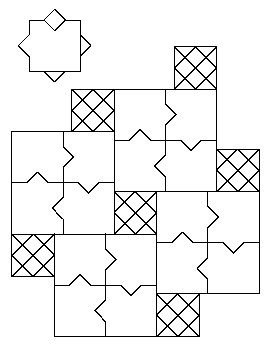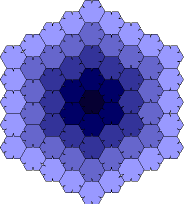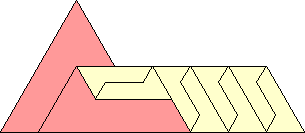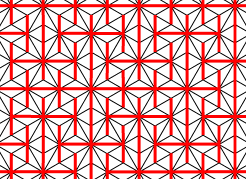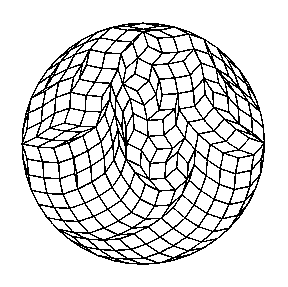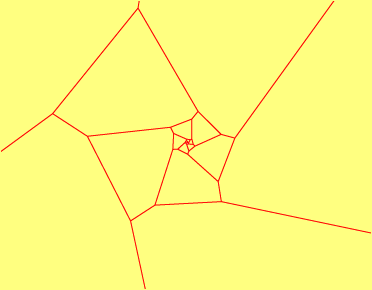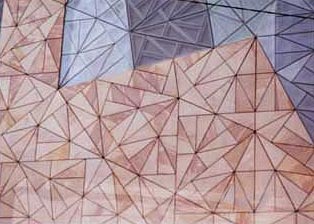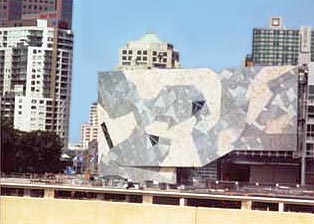
Tiling
One way to define a tiling is a partition of an infinite space (usually
Euclidean) into pieces having a finite number of distinct shapes.
Tilings can be divided into two types,
periodic and aperiodic, depending on whether they have any
translational symmetries.
If these symmetries exist, they form a lattice.
However there has
been much recent research and excitement on aperiodic tilings
(which lack such symmetries) and their possible realization
in certain crystal structures. Tilings also have connections
to much of pure mathematics including operator K-theory, dynamical
systems, and non-commutative geometry.
From the Geometry Junkyard,
computational
and recreational geometry pointers.
Send email if you
know of an appropriate page not listed here.
David Eppstein,
Theory Group,
ICS,
UC Irvine.
Semi-automatically
filtered
from a common source file.
